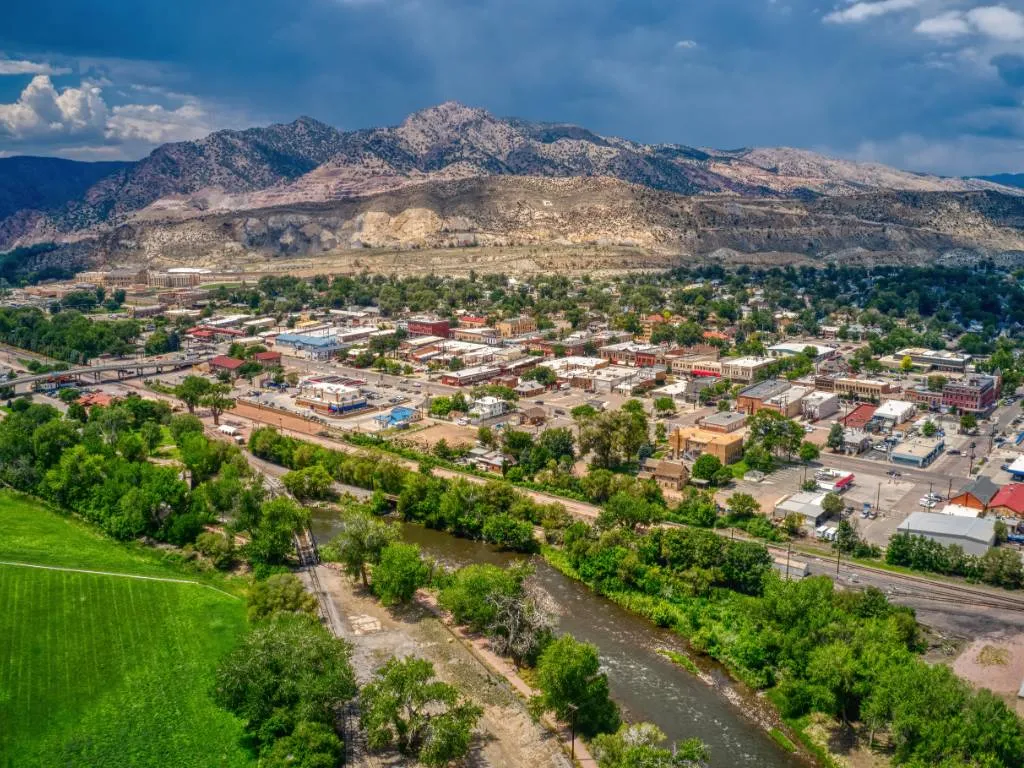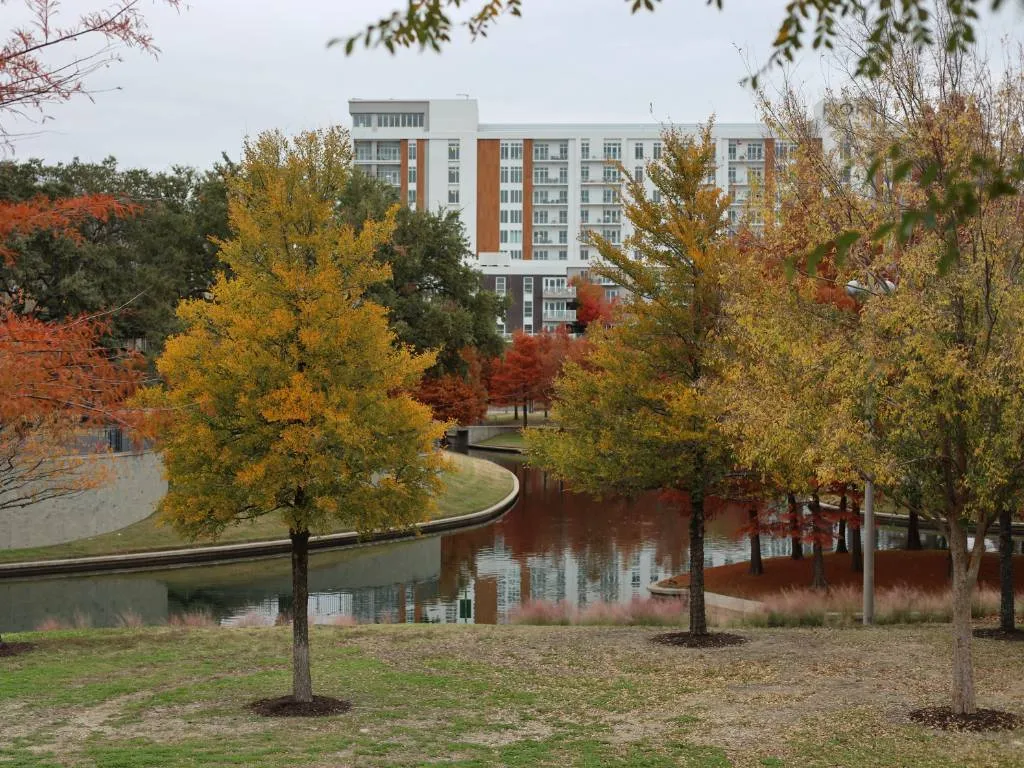Top 10 Pros and Cons of Living in Rockford, IL

Outside of the greater Chicago area, Rockford is the largest city in Illinois by population. Employment prospects have declined, causing hardship for many of the city’s 147,051 citizens and contributing to a host of other economic and social issues. Still, residents have shown remarkable resilience, and municipal leaders are optimistic about Rockford’s prospects.
Nine categories, including the economy, education, jobs, neighborhoods, talent, wellness, equity, diversity, and safety, are the focus of the community’s reform effort.
Here are ten pros and cons of living in Rockford, IL.
Pros of Living in Rockford
1. Living costs are 25% lower than the national average
With a cost of living index of 75, Rockford’s low cost of living is a major selling point for the city. Rockford has a cheaper cost of living than most other major cities in Illinois and the Midwest. The median price of a home in Rockford is $142,859, far less than the national median price of $428,000. Lifestyle expenses like haircuts and movie tickets are 10% cheaper than the national average, and groceries are 6% cheaper. The cheaper cost of living in Rockford means that people there have more money to put toward things like retirement or fun.
2. A strong sense of community
People in Rockford have a reputation for being very community-minded. The city hosts a plethora of neighborhood gatherings, volunteer opportunities, and community groups.
Residents can meet new people and make a difference through a variety of events and activities, from local festivals like the Rockford City Market to humanitarian efforts.
3. A short commute time
The average commuting time in Rockford is 20. 6 minutes. As a whole, American commutes take 26.4 minutes per day. This means that your total time spent commuting will be reduced in Rockford when compared to other cities across the country.
More than that, a shorter commute means less time spent in transit and more time for other pursuits.
4. There are various neighboring communities
Rockford covers more than 60 square miles, making it a sizable metropolitan region. Winnebago, Roscoe, Rockton, Poplar Grove, and New Milford are just some of the villages and cities that make up the Rockford metropolitan region. Also included are Loves Park, Machesney Park, and Belvidere.
The Rock River, which runs right through the heart of Rockford, serves as the city’s dividing line. Rockford spans both sides of the river, and the waterway serves as a natural divider between the city’s various communities.
5. The city has a stunning natural environment
With its many parks, gardens, and riverbank pathways, Rockford is home to stunning scenery. Anderson Japanese Gardens, Rock Cut State Park, and the Sinnissippi Riverwalk are all great places for locals to unwind and appreciate nature.
Many outdoor activities are available in the area because of the city’s efforts to maintain and improve its natural environment.
6. Visit the Burpee Museum of Natural History or the Rockford Art Museum.
Rockford boasts a strong cultural environment for a city of its size. In its many museums, visitors can see a wide range of exhibitions and art collections from institutions like the Burpee Museum of Natural History and the Rockford Art Museum.
Residents can enjoy a variety of live acts, including concerts, Broadway musicals, and more, at the Coronado Performing Arts Center.
Cons of Living in Rockford
1. Winters can be brutal
Rockford’s long, chilly winters are typical for cities in the Midwest. Here, it isn’t uncommon for temperatures to drop below freezing, and the extreme cold, snow, and ice can be difficult for folks who aren’t used to living in colder locations.
On the other hand, inhabitants can find ways to enjoy the winter in the city through pursuits like ice skating and skiing.
2. Employment opportunities aren’t diverse
Rockford has a robust job market, but its economy is highly dependent on a small number of sectors, including manufacturing and healthcare. Because of this emphasis on specialized sectors, the employment market may become less varied, reducing the number of available positions in some occupations.
People looking for work in specific fields or industries may have a harder time finding suitable positions in Rockford.
3. The unemployment rate is quite high
Rockford’s high unemployment rate is a major deterrent for anyone thinking about making the area their permanent home. Compared to the national average of 3.6%, Rockford’s unemployment rate of 6.2% is significantly higher.
A high unemployment rate can have far-reaching effects on a region’s economy, affecting businesses, social services, and quality of life.
4. There are not enough shopping options
There aren’t as many shopping opportunities in Rockford as there would be in a larger city. CherryVale Mall and other shopping malls and strip malls can be found in Rockford, but the selection of stores may be more limited than in larger urban centers.
It may be necessary for locals to take day trips to larger cities in search of a wider selection of high-end apparel, luxury brands, and specialized boutiques.
In Conclusion
Reasonable living costs, a thriving arts and entertainment scene, and easy access to the great outdoors all combine to make Rockford a great place to call home.
Nonetheless, bear in mind the severe winters, scant employment options, and other difficulties brought on by the city’s high unemployment rate.






